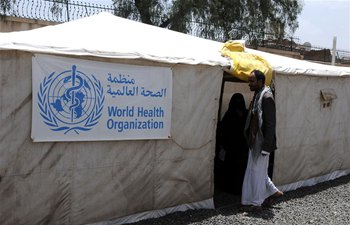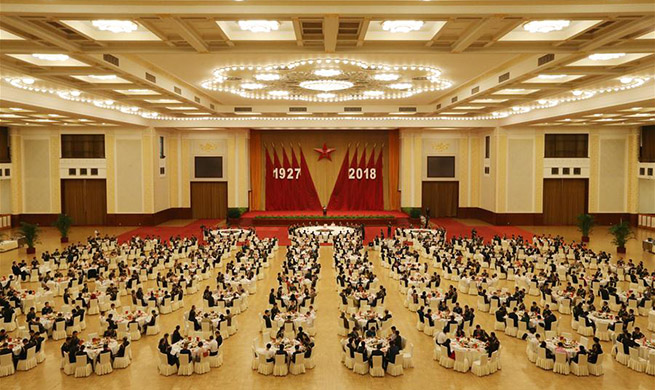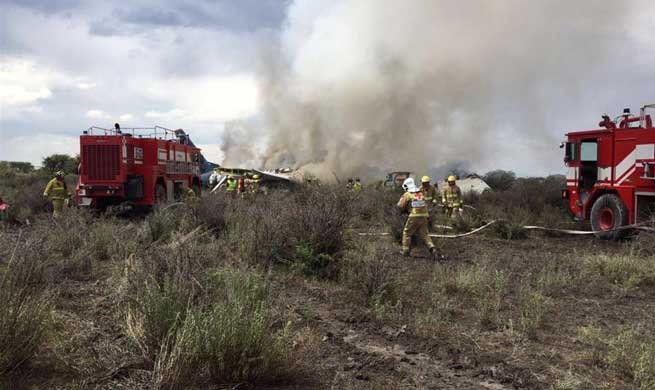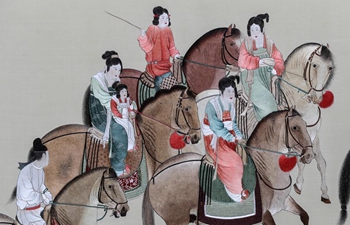XINING, Aug. 1 (Xinhua) -- Northwest China's Qinghai Province, one of the largest producing areas for traditional Tibetan medicine across China, saw vigorous development in the industry in 2017, local authorities said.
The total output value of Tibetan medicine in Qinghai reached 2.6 billion yuan (about 380 million U.S. dollars) last year, accounting for 44 percent of the gross output of the industry nationwide.
Qinghai has more than 1,290 types of Tibetan medicine and grows about 200,000 hectares of herbs across the region.
There are 19 Tibetan medicine pharmaceutical companies in the plateau region, and about 210 herbal therapies have been approved for manufacturing pharmaceutical products.
Tibetan medicine, known as "Sowa Rigpa" in Tibetan, is at least 2,300 years old. It has absorbed the influences of traditional Chinese, Indian and Arab medicine and is mainly practiced in Tibet and the Himalayan region.
Tibetan medicine uses herbs, minerals and sometimes insects and animal parts. It was added to the list of China's national intangible cultural heritage in 2006.

















